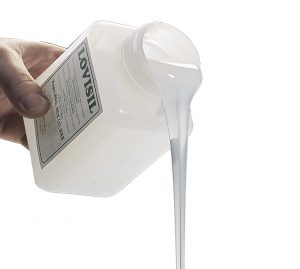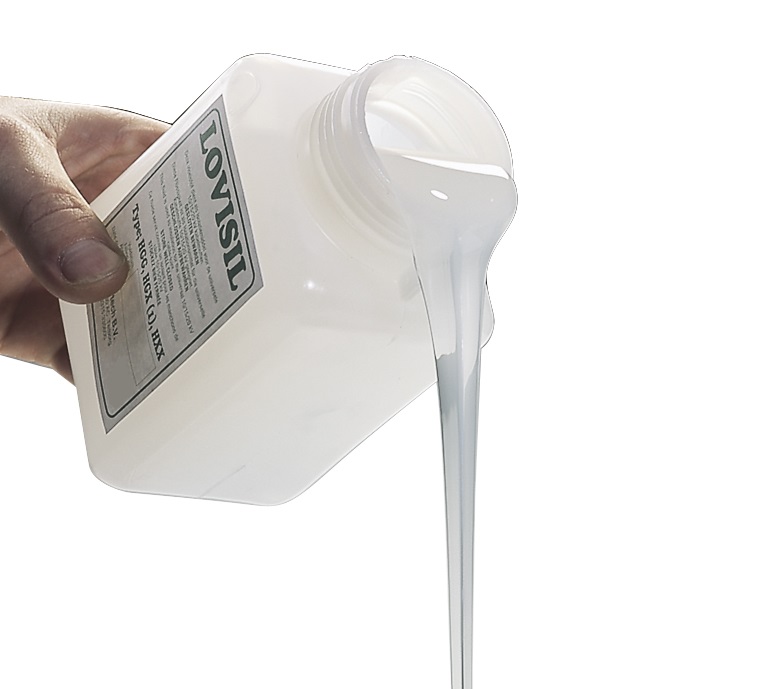Silicone is one of the most widely used polymers in the world. It is known, among other things, as lubricating oil, baking dishes and implants for breast surgery. Liquid silicone is used in cable accessories to insulate the electrical connection. What are the benefits of this? Below we have listed the most important properties for you.
- ‘Fluid’ insulation
Liquid silicones have the same insulating function as the cable grease of a PILC cable. This ensures that the paper in the cable does not dry out and thus minimizes the chance of partial discharge. - Low surface tension
The surface tension of silicone is lower than for example of oil or water. This makes the liquid silicone mass easier to flow (or spread). All cavities are filled in a cable splice and the electrical connection is perfectly insulated. - Curing in contact with moisture
Liquid silicones are water-repellent. In the unlikely event of moisture ingress, the silicones will cure, and a soft and perfectly insulating rubber will form. This creates a seal that prevents further moisture penetration. - Intrinsic field-control properties
The dielectric constant of liquid silicone is almost the same as the insulation of XLPE cables. This results in intrinsic field-controlling properties, creating a homogeneous permanent electric field. - High breakdown resistance
Liquid silicones have a breakdown resistance of 21 kV / mm. - Decelerates aging
Liquid silicones are less sensitive to stress (or tension) and therefore respond better to harmonic effects in the cable. As a result, aging is less likely to occur and the components last longer. - No carbon formation
Silicone dioxide is formed after partial discharge. This material is non-conductive and self-extinguishing, thus preventing fire hazard. - Sustainable
Liquid silicones have a very long-life span.
Liquid silicones have been used for over 30 years in the LoviSil® cable splices from Lovink Enertech. This ensures a long-life protection against all soil influences and the splices are tested for 2 Bar water pressure. Want to know more about the LoviSil® technology? Look here.

